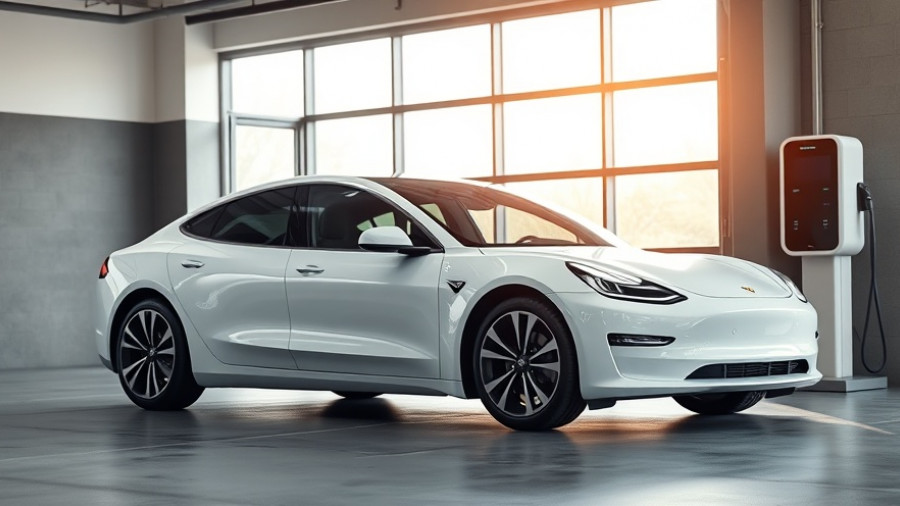
Spain Leads the Way in Electric Bus Innovation
In a significant development for sustainable public transport, EMT Valencia has made the largest electric bus order in Spain, signaling a pivotal shift towards greener urban mobility. The order consists of 84 new city buses from MAN Truck & Bus, which includes 57 all-electric Lion's City 12 E buses and 27 hybrid articulated buses. This move is not just about expanding the fleet; it's a commitment to reducing carbon emissions and advancing sustainable transportation solutions.
What This Means for Valencia's Future
This substantial acquisition is part of a broader effort to modernize the fleet of public transport vehicles in Valencia, with delivery set to stagger from the end of 2026. The city aims to reduce the average age of its fleet significantly, targeting a drop in diesel-only vehicles to less than seven percent by 2027. With 218 new electric and hybrid buses planned by 2028, Valencia is poised to become a leader in electrified public transport in Spain.
The Numbers Behind the Mega Order
Worth around 50 million euros, the contract not only stipulates the delivery of the buses but also includes comprehensive maintenance services. MAN secured this deal by winning two of the four available lots amid a tender process that called for 161 buses aimed at fleet renewal. Funding this ambitious program is partially backed by a 69 million euro loan from the European Investment Bank, emphasizing the financial mechanisms available for cities embracing environmental sustainability initiatives.
Turning Points in Electric Vehicle Adoption
MAN’s decision to have its fleet in the Spanish market aligned with the trends seen across Europe. As cities expand their electric bus offerings, the transition echoes a wider industry shift towards electrification. Within just six years, MAN has reportedly deployed around 2,500 units from the Lion’s City E range, covering over 100 million kilometers across varied European cities. The demand for electric buses is growing, with sales reaching 283 units in the first quarter of 2025, solidifying MAN’s role in the evolving landscape of public transportation.
Challenges In the Transition to Electric Buses
Despite the progress, challenges remain. While the electric buses are celebrated for their zero-emission status, most of the vehicles ordered for Valencia still incorporate hybrid technology, meaning a significant proportion will still rely on combustion engines. In the long term, balancing technological advancements with operational demands will be crucial to ensuring the successful adoption of fully electric fleets.
Implications for Homeowners and Businesses
The push for electric buses may indirectly benefit homeowners and businesses considering investments in solar energy and electric vehicle (EV) charging infrastructure. As urban centers pivot towards electrification, the demand for renewable energy sources will rise, creating opportunities for solar solutions to help power these technologies effectively. Integrated systems that connect solar power generation with EV charging can offer both economic savings and enhanced grid resilience.
Inspiration from Success in Spain's Public Transport
The proactive measures taken by EMT Valencia serve as a compelling case study for other municipalities around the globe. The collaboration between local governments and commercial entities in building sustainable transport infrastructure is crucial for supporting wider environmental goals. As we move deeper into the era of green living, partnerships like these highlight the vital role of innovation in tackling climate change.
Ultimately, as cities commit to electrification, they're not just upgrading transportation; they're shaping a more sustainable future for all urban dwellers. The precedent set by Valencia may inspire others, reinforcing the notion that investment in sustainable solutions can yield broad and significant benefits for the community at large. Take action now to explore how green solutions can transform your energy footprint.
 Add Row
Add Row  Add
Add 



Write A Comment